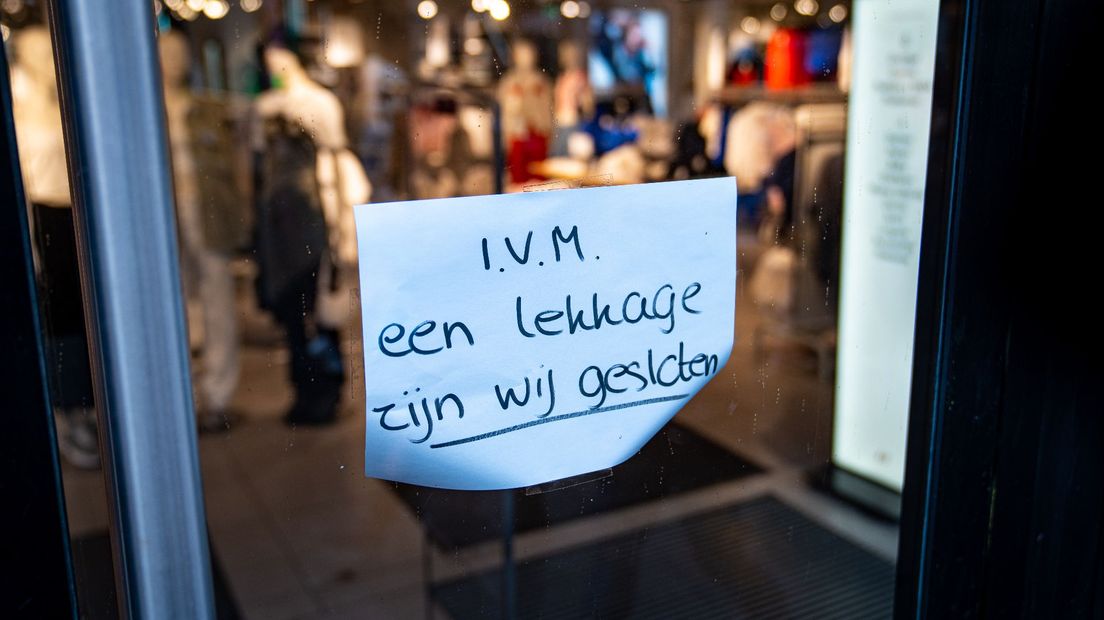Every Sunday, the Petit Journal evokes New York, as we had imagined the city, even before knowing it, through a film known, or not. Today, Taxi Driver.
Martin Scorsese’s film paints a portrait of New York City through the eyes of Travis, an insomniac taxi driver from the mid-1970s. As much to say right away, this city no longer exists. Most of the businesses, houses or apartments in the film, if not the entire avenue, have been demolished. Or so redone that they are unrecognizable. To evoke the New York of those years is to sing Aznavour’s song “I no longer recognize either the walls or the streets that saw my youth”.
Probably the most striking example is Times Square, one of the most visited destinations in the world, with 130 million tourists a year – but which you avoid if you’re a New Yorker. It’s hard to imagine that this place where the latest Netflix or Disney series are displayed in giant billboards, concentrated the worst of what a city can offer. (But it was about the same phenomenon in the Les Halles district, in Paris, and the rue Saint-Denis).

Travis, our taxi driver, would like to “clean up the city”, to use his words and it is very likely that he would have voted Giuliani, mayor of New York from 1994 to 2001, whose politics helped make the city what she is today.

Later, our (anti) hero meets on the sidewalk Iris, Jodle Foster, who is just 12 years old (in real life). At the bottom of a staircase (“I’m looking for the studio, of which nothing remains”) stands Harvey Keitel, his pimp.
It is the entrance to a sordid “brothel” that you would be very happy to live in today, in the East Village, on 13th Street.

In the 2000s, the house was sold for $3.5M, then divided into apartments – counting just over $7,000 per month for four bedrooms in 2018.

Like Travis – Robert De Niro – I would have loved to have coffee with Cybill Sheperd, at the Charles Coffee Shop. Alas, he disappeared. He is now a Duane Reade. In the photo, you will notice that the huge plastic cups have not yet taken all the space, on the tables as in the oceans.

The last image symbolizes the transformation of the city: the monument of Columbus Circle has since been cleaned and its statue at the top shines with a thousand lights.



